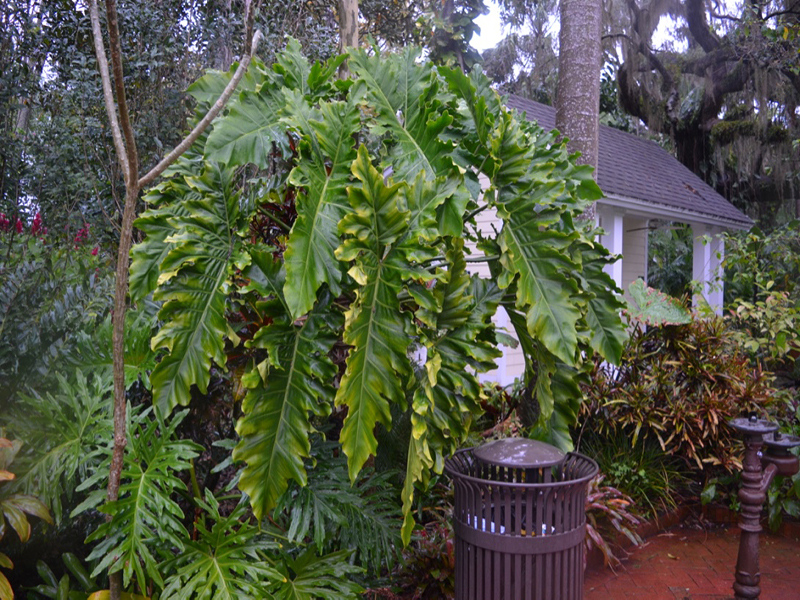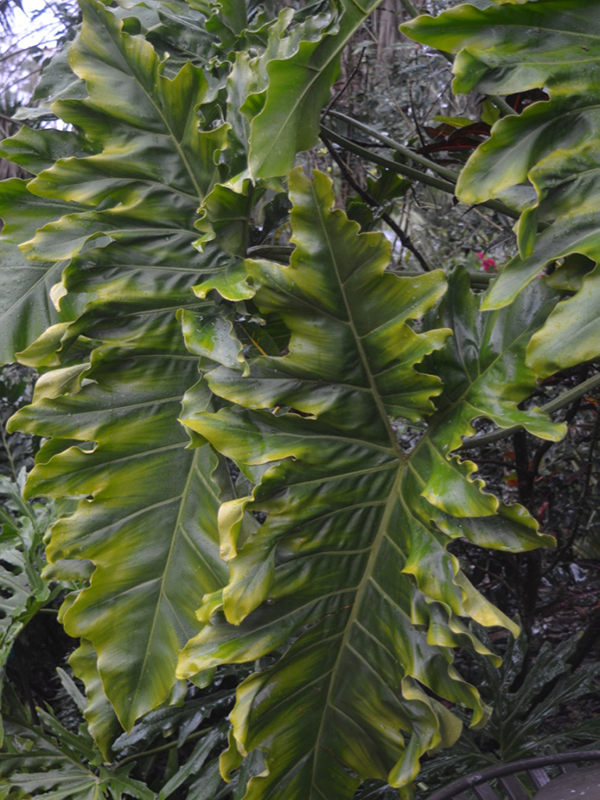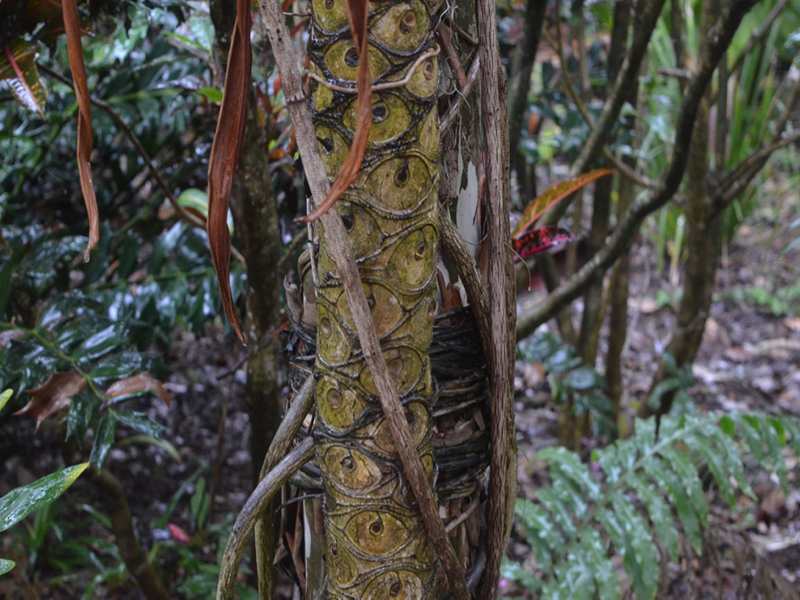Philodendron 'Soledad' (Soledad Philodendron)
Botanical Information
| Family | Araceae |
| Genus | Philodendron |
| Cultivar | 'Soledad' |
| Category | Perennials, Tropicals |
| Type | Vine |
| Origin | It is a cross between Philodendron lundii and Philodendron stenolobum. |
| Ethnobotanical Uses Disclaimer | All parts of the plant are toxic. When eaten, intense burning and swelling of the lips, tongue, and throat, as well as difficulty speaking. Nausea, vomiting, and diarrhea may also occur. Frequent contact with sap may cause skin irritation. |
Details
| USDA Hardiness Zone | 9 - 11 |
| USDA Hardiness Ref. | |
| Canadian Hardiness Zone | Requires cold season protection under glass. |
| Canada Hardiness Ref. | |
| RHS Hardiness Zone | H4 - H1c |
| RHS Hardiness Ref. | |
| Temperature (°C) | -10 - 10 |
| Temperature (°F) | 14 - 50 |
| Height | 3 - 5 m if not climbing |
| Spread | 3 -5 m or more |
| Growth | Fast |
Description and Growing Information
| General Description | A tropical plant grown as a houseplant in temperate climates. |
| Shape | Loosely rambling and epiphytic in nature. |
| Landscape | Houseplant or as a feature in large indoor plantings such as shopping malls. In tropical zones it is used as a major landscape plant often in place of shrubs. |
| Propagation | Stem cuttings. |
| Cultivation | Best grown in partial to full shade with rich moist soil. |
| Notable Specimens | Harry P. Leu Gardens, Orlando, Florida, United States of America. |
| Bark/Stem Description | The trunk is relatively thick and woody with characteristic “eye-drop” leaf scars. It can produce aerial roots that absorb water and nutrients. |
| Leaf Description | Evergreen, heart-shaped, spiral in arrangement, lobed, leathery, drooping, an average 90 cm long, and 60 cm wide on long smooth petioles, and medium green in colour. |


